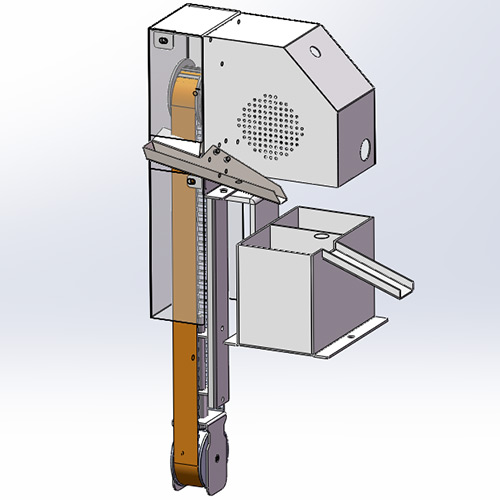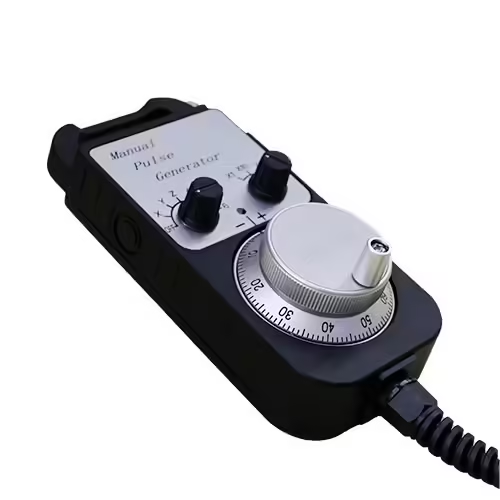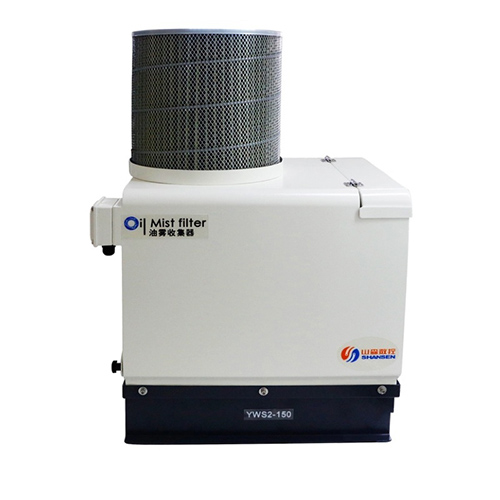-
WhatsAPP: +86 18706448138
-
Tengzhou, Shandong, China

The Ultimate Guide to Waterproof LED Work Lights
This is where waterproof LED work lights shine and reliable lighting solution designed to withstand the rigors of wet and challenging environments.
Table of Contents
Introduction

In demanding work environments, illumination plays a pivotal role in safety, efficiency, and overall productivity. Traditional lighting solutions often fall short when faced with harsh conditions, particularly the presence of water and moisture. This is where waterproof LED work lights shine, offering a robust and reliable lighting solution designed to withstand the rigors of wet and challenging environments. This comprehensive guide delves deep into the world of waterproof LED work lights, exploring their benefits, features, applications, and crucial factors to consider when making a purchase. Whether you’re a construction worker, an outdoor enthusiast, a marine professional, or anyone in need of durable and dependable lighting in damp conditions, understanding the nuances of waterproof LED work lights is essential. We will navigate through the technology behind these lights, their diverse applications, and the key specifications that differentiate various models, empowering you to make an informed decision.
Understanding the Technology Behind Waterproof LED Work Lights
The core of any waterproof LED work light lies in its Light Emitting Diode (LED) technology. LEDs are semiconductor devices that emit light when an electric current passes through them. Compared to traditional incandescent or halogen bulbs, LEDs offer numerous advantages, including significantly higher energy efficiency, longer lifespan, and greater durability. In the context of waterproof LED work lights, these inherent benefits are amplified by specialized design and construction that ensures protection against water ingress.
The waterproofing of these lights is achieved through a combination of factors. High-quality housings, often made from durable materials like aluminum or rugged plastics, are designed to be tightly sealed. Gaskets and O-rings made from waterproof materials create barriers at critical points, preventing water from penetrating the internal components. Additionally, the electronic components themselves may be potted or coated with protective layers to further safeguard against moisture damage. The International Protection (IP) rating system is a crucial indicator of a waterproof LED work light’s ability to withstand different levels of water and dust ingress. Understanding IP ratings, such as IP67 or IP68, is vital in selecting a light that meets the specific demands of your work environment.
Key Features to Look for in Waterproof LED Work Lights


When selecting the ideal waterproof LED work light for your needs, several key features warrant careful consideration. The brightness of the light, measured in lumens, is a primary factor. Different tasks require varying levels of illumination, and understanding the lumen output of a light will help you determine its suitability. The beam pattern, whether it’s a focused spot beam for concentrated light or a wide flood beam for broader coverage, is also crucial depending on the application.
The durability of the waterproof LED work light is paramount, especially in demanding work environments. Look for lights constructed from robust materials that can withstand impacts, vibrations, and extreme temperatures. The lifespan of the LEDs themselves is another important consideration, as longer lifespans translate to reduced maintenance and replacement costs. Power source options can vary, including corded, battery-powered, and even solar-powered models, each offering different levels of portability and convenience. Finally, additional features such as adjustable stands, magnetic bases, and multiple lighting modes can enhance the versatility and usability of the waterproof LED work light.
Diverse Applications of Waterproof LED Work Lights
The versatility of waterproof LED work lights makes them indispensable across a wide range of industries and applications. In construction and industrial settings, these lights provide crucial illumination for tasks performed outdoors or in damp environments, ensuring worker safety and productivity. Automotive repair shops and garages benefit from their durability and resistance to spills and moisture. Marine and boating applications rely heavily on waterproof LED work lights for navigation, deck lighting, and underwater illumination.
Outdoor enthusiasts, including campers, hikers, and off-road adventurers, find waterproof LED work lights to be reliable sources of light in unpredictable weather conditions. Emergency services and first responders utilize these lights in rescue operations and disaster relief efforts where reliable illumination in challenging environments is critical. Even for home use, waterproof LED work lights can be invaluable for outdoor projects, power outages, or emergency situations. The ability of these lights to perform reliably in wet conditions expands their utility far beyond traditional lighting solutions.
Understanding IP Ratings for Waterproof LED Work Lights
The Ingress Protection (IP) rating system is an international standard (IEC 60529) that classifies the degree of protection provided by electrical enclosures against intrusion by solid objects (including body parts like hands and fingers), dust, accidental contact, and water. When it comes to waterproof LED work lights, the second digit of the IP rating is particularly important as it indicates the level of protection against water ingress.
A common IP rating for waterproof LED work lights is IP67, which means the light is dust-tight (first digit 6) and can withstand immersion in water up to 1 meter for 30 minutes (second digit 7). An even higher level of water protection is offered by IP68 rated lights, which are dust-tight and can withstand immersion in water beyond 1 meter for extended periods under specified pressure. Understanding these ratings is crucial in selecting a waterproof LED work light that can withstand the specific water exposure it will encounter in its intended application. For example, a light used in heavy rain might require a minimum of IP65, while a light submerged underwater would need an IP68 rating.
Power Source Options for Waterproof LED Work Lights
Waterproof LED work lights offer a variety of power source options to suit different needs and applications. Corded models provide a continuous power supply, making them ideal for stationary work areas where access to an electrical outlet is readily available. These are often preferred for tasks requiring prolonged use without interruption.
Battery-powered waterproof LED work lights offer portability and flexibility, allowing users to work in areas without direct access to power. These lights typically utilize rechargeable lithium-ion batteries, offering a good balance of power and runtime. The battery life and charging time are important factors to consider when choosing a battery-powered model.
Solar-powered waterproof LED work lights are an environmentally friendly option, harnessing sunlight to charge their internal batteries. These are particularly useful for remote locations or outdoor applications where running power cords is impractical. The charging efficiency and battery capacity are key considerations for solar-powered lights. Understanding the advantages and limitations of each power source option will help you select the waterproof LED work light that best fits your specific requirements and work environment.
Maintaining and Caring for Your Waterproof LED Work Lights
Proper maintenance and care can significantly extend the lifespan and performance of your waterproof LED work lights. While these lights are designed for durability, regular cleaning is essential to remove dirt, dust, and debris that can accumulate on the lens and housing, potentially reducing light output and hindering heat dissipation. Use a soft, damp cloth to wipe down the exterior of the light. Avoid using harsh chemicals or abrasive cleaners that could damage the waterproof seals or the light’s finish.
For battery-powered models, follow the manufacturer’s recommendations for charging and storing the batteries to maximize their lifespan and performance. Avoid exposing the lights to extreme temperatures for extended periods, as this can negatively impact the battery and other internal components. Regularly inspect the housing, seals, and any cords or connections for signs of damage. If you notice any cracks or leaks, discontinue use immediately to prevent water ingress and potential electrical hazards. By following these simple maintenance tips, you can ensure that your waterproof LED work lights continue to provide reliable illumination for years to come.
Comparison Table of Waterproof LED Work Lights Features

| Feature | Description | Importance Level |
|---|---|---|
| Brightness (Lumens) | The total amount of visible light emitted by the light source. Higher lumens indicate a brighter light. | High |
| IP Rating | Indicates the level of protection against solid objects and water ingress. A higher second digit signifies better water resistance. | High |
| Beam Pattern | The shape and spread of the light emitted (e.g., spot, flood, or combo). Choose based on the task requirements. | Medium |
| Durability | The ability of the light to withstand impacts, vibrations, and extreme temperatures. Look for robust materials like aluminum or rugged plastics. | High |
| LED Lifespan (Hours) | The estimated operational life of the LED before its brightness significantly decreases. Longer lifespans reduce replacement costs. | High |
| Power Source | The method by which the light is powered (e.g., corded, battery-powered, solar-powered). Consider portability and accessibility to power. | High |
| Color Temperature (K) | The warmth or coolness of the light emitted (e.g., warm white, cool white, daylight). Affects visibility and eye comfort. | Medium |
| Material | The materials used in the construction of the housing and lens. Influences durability and weight. | Medium |
| Additional Features | Extra functionalities such as adjustable stands, magnetic bases, multiple lighting modes, and USB charging ports. | Low to Medium |
Conclusion
Investing in high-quality waterproof LED work lights is a smart decision for anyone working in or around wet environments. Their durability, reliability, and superior performance compared to traditional lighting solutions make them an invaluable asset. From enhancing safety and productivity on construction sites to providing dependable illumination for marine activities and outdoor adventures, waterproof LED work lights offer a versatile and long-lasting lighting solution. By understanding the key features, IP ratings, and power source options available, you can choose the perfect light to meet your specific needs. Don’t let damp conditions dim your productivity or compromise your safety. Contact us today to explore our wide selection of waterproof LED work lights and experience the difference reliable illumination can make.
FAQ
Q: What does the IP rating on a waterproof LED work light mean?
A: The IP (Ingress Protection) rating indicates the level of protection the light’s enclosure provides against solid objects and liquids. The first digit refers to protection against solids (dust), and the second digit refers to protection against liquids (water). For example, IP67 means the light is dust-tight and can withstand temporary immersion in water up to 1 meter.
Q: Are all LED work lights waterproof?
A: No, not all LED work lights are waterproof. Only those specifically designed and rated for water resistance should be used in wet environments. Always check the IP rating to ensure the light offers the necessary level of water protection for your intended use.
Q: What are the benefits of using LED technology in waterproof work lights?
A: LED technology offers several advantages, including high energy efficiency, long lifespan, durability, and instant-on capability. In waterproof LED work lights, these benefits are combined with robust construction to provide reliable illumination in challenging, wet conditions.



